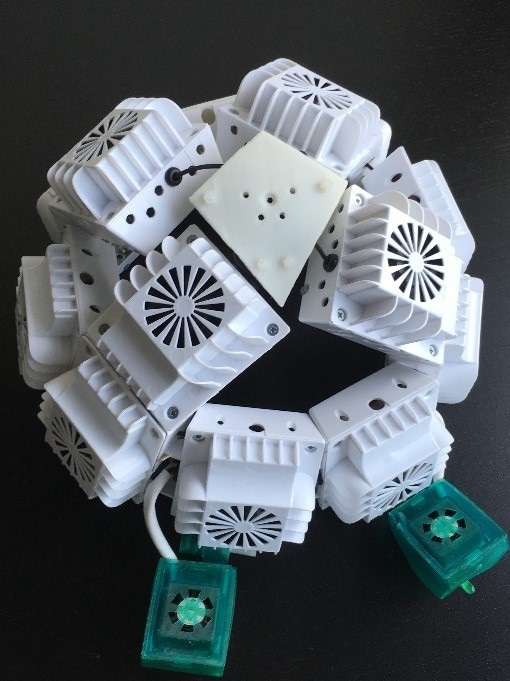News-Medical spoke to Marvin Berman, Ph.D., the Founder and President of Quietmind Foundation, about neurofeedback therapy and its potential to develop and improve future treatments for neurogenerative disorders.
What is neurofeedback therapy?
Neurofeedback is a form of biofeedback training where the brain’s electrical activity (EEG) is the training focus. Electrodes attached to the scalp measure brain electrical activity at various locations and then compare the readings against age, gender, and handedness-related norms.
Training consists of watching whatever one wants on the computer screen, but the brightness and volume are controlled by the protocol that’s designed to renormalize or optimize brain network activity. Like going to the gym, improvement is a function of training frequency and protocol specificity.
What are the benefits of drug-free and non-invasive healthcare?
The most obvious benefit is the elimination of side effects from the generalized impact of most Pharmaceuticals Indiscriminate Influence compared to highly specific neurofeedback protocols. The reliability of the results is comparable and often more effective, i.e., training effects are permanent after completion, compared with medications used to treat disorders that have no demonstrably effective medication alternative - for example, complex PTSD, multiple chemical sensitivity, and dissociative disorders.

It can be used in combination with functional medicine and photobiomodulation as a potent alternative to the treatment of neurodegenerative and neuropsychiatric disorders
How does near-infrared therapy (PBM) work, and how is it used?
The frequency of light used in PBM will stimulate the production of ATP, which supports all biological activity while increasing cortical blood flow and decreasing the production of neurotoxins, e.g., Aβ42, Tau-p.
PBM is providing a tissue-level intervention to reverse the injury to the brain itself, while neurofeedback can renormalize our brain’s electrical network connectivity.
What equipment is used for this kind of therapy?
Neurofeedback training has a wide range of devices from simple 1-2 channel training units ($1500) to 19-channel systems costing $10-15,000.

We support the less expensive technology for those wishing to train at home and provide direct supervision and support over the internet and found it to be quite successful, especially in combination with PBM.
How do you think this technology will help develop and improve healthcare in the future?
We are seeing how digital technology is influencing the development of tools to monitor and support people in maintaining both their physical and mental health.
What we are doing now with PBM and NFB can be considered the development of a new field of digital neurotherapeutics™ wherein treatment delivery will be home-based and driven by real-time measurement of neurophysiological functions like EEG and heart rate variability (HRV) to control non-invasive directed energy stimulation.
How are these kinds of therapies assisting with neurological conditions such as Parkinson’s and Alzheimer's?
We have shown that NFB and PBM are independently able to provide positive clinical results for people with neurodegenerative disorders, and are quite sure that combining them will result in a strong synergistic effect by treating both the tissue-level pathology while renormalizing brain network connectivity and overall efficiency.

What developments do these therapies need to make to become more mainstream?
Public recognition of the potential of non-invasive, non-drug alternatives will only come from public education and media attention. The more studies that are published, the better, and the media will help people to view Alzheimer’s and other forms of dementia as treatable as well as serious public health and economic problems.
We have to overcome the fatalism that has developed in the public discourse and fosters new thinking and innovation beyond the single-molecule mindset. There is no magic bullet to cure Alzheimer’s and Parkinson’s; we can, however, shed new light on these conditions and change the slope of decline and if we start soon enough, prevent symptoms from developing.
About Marvin Berman, Ph.D.
Marvin Berman is the Founder and President of Quietmind Foundation; a non-profit applied clinical research group, and clinical neuropsychiatry and psychoneurophysiology practice in Elkins Park, PA. Its mission is the integration of noninvasive, non-drug approaches to health and human performance into the public healthcare and educational systems.
Dr. Berman is an internationally recognized leader in the integration of photobiomodulation and biofeedback training in the treatment of neurodegenerative and neuropsychiatric disorders. He consults with organizations and clinicians on developing and integrating digital neurotherapeutics and maintains a small Neurotherapy consulting practice.
News-Medical.net publishes articles and related content that may be derived from sources where we have existing commercial relationships, provided such content adds value to the core editorial ethos of News-Medical.Net which is to educate and inform site visitors interested in medical research, science, medical devices, and treatments.
Image Credits: Quietmind Foundation